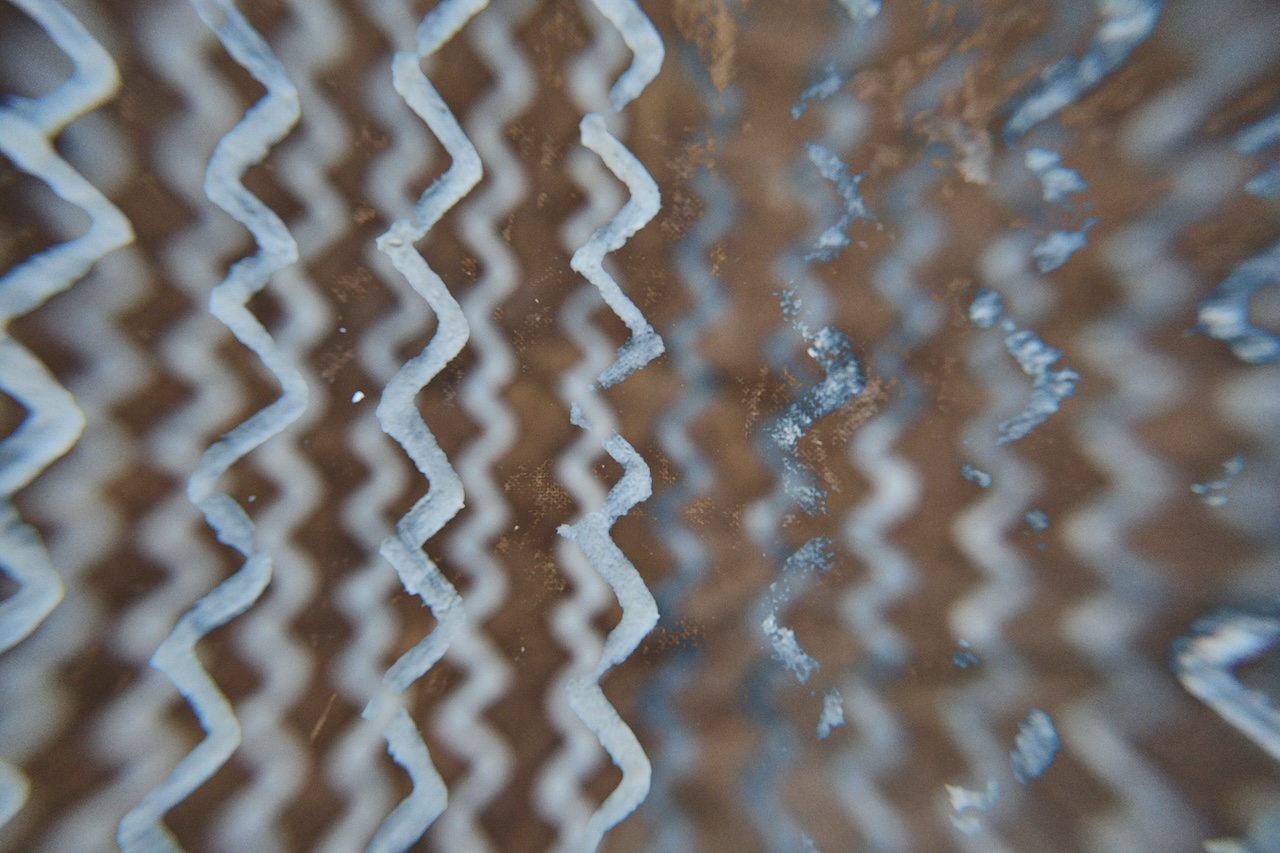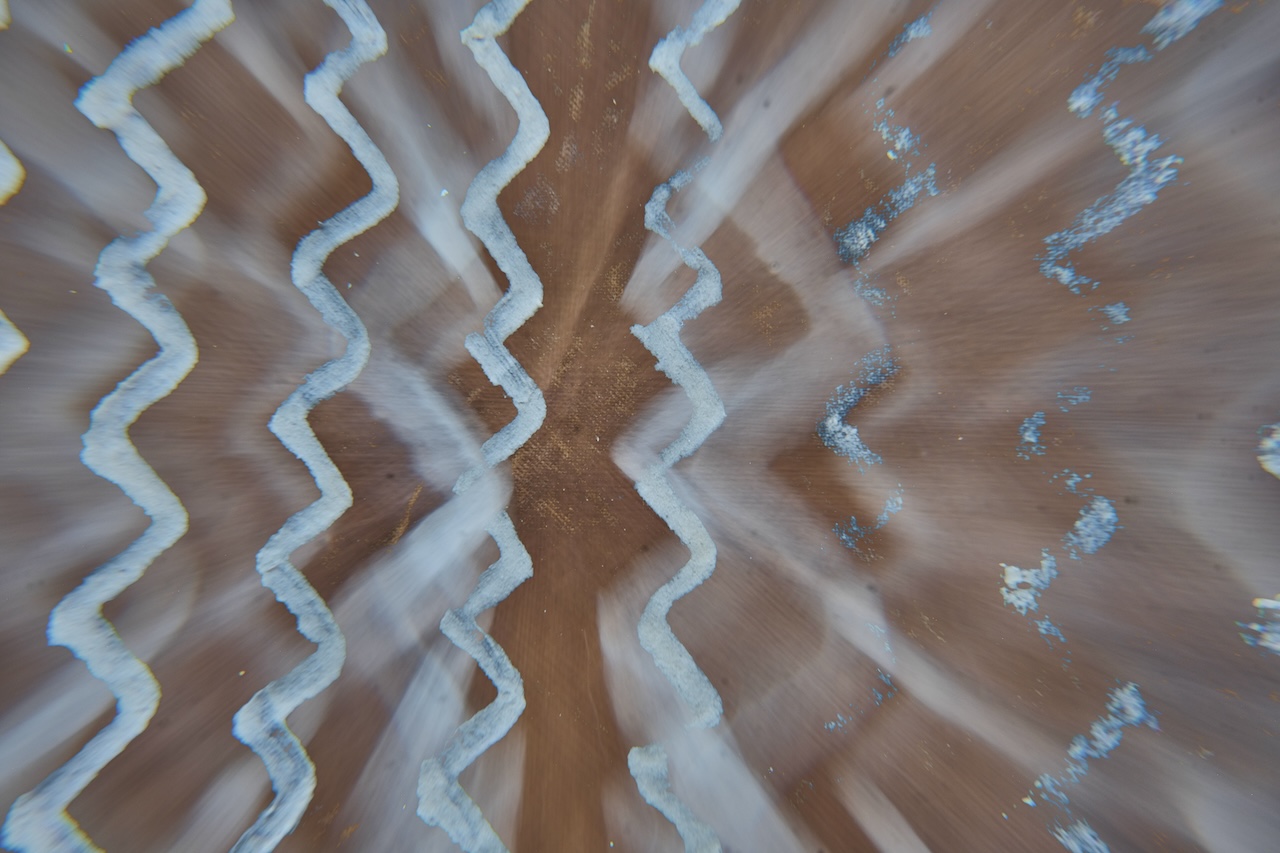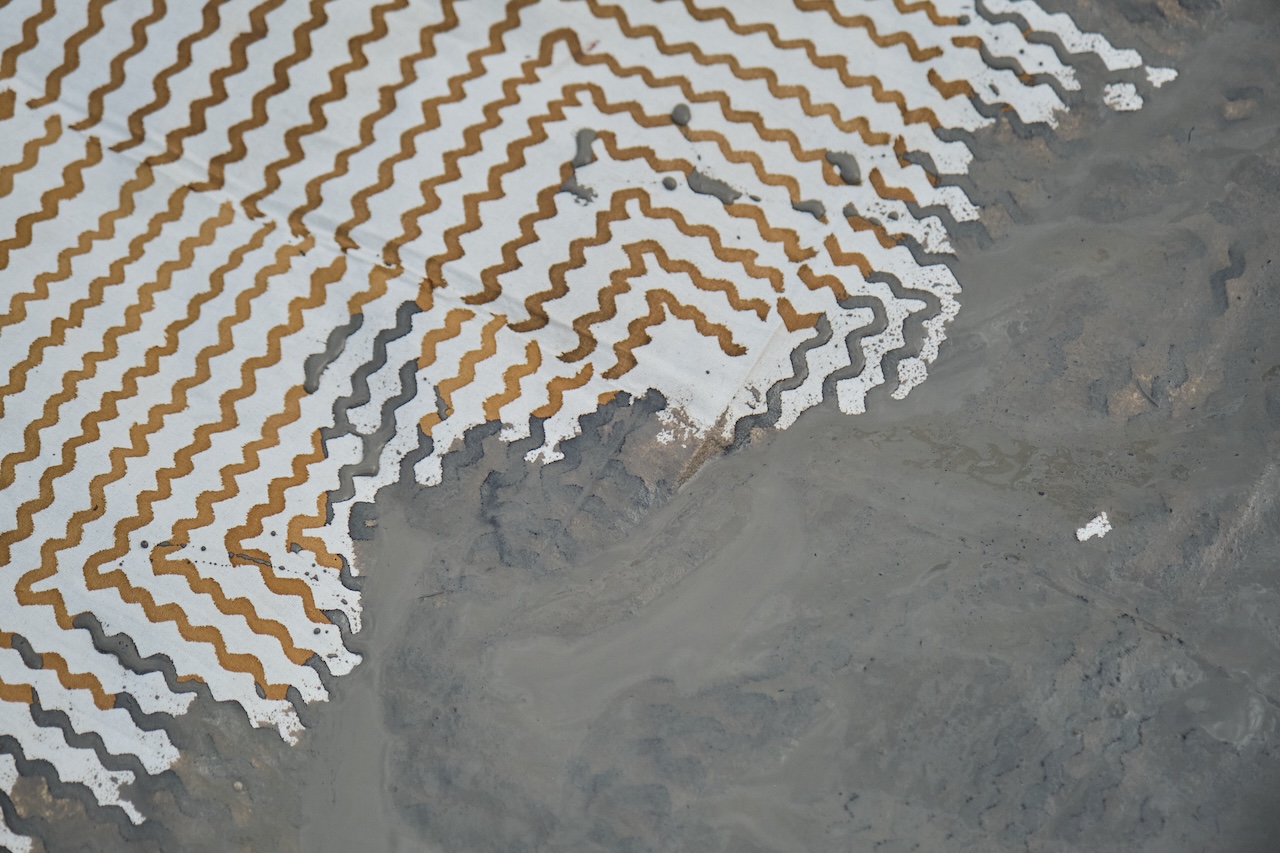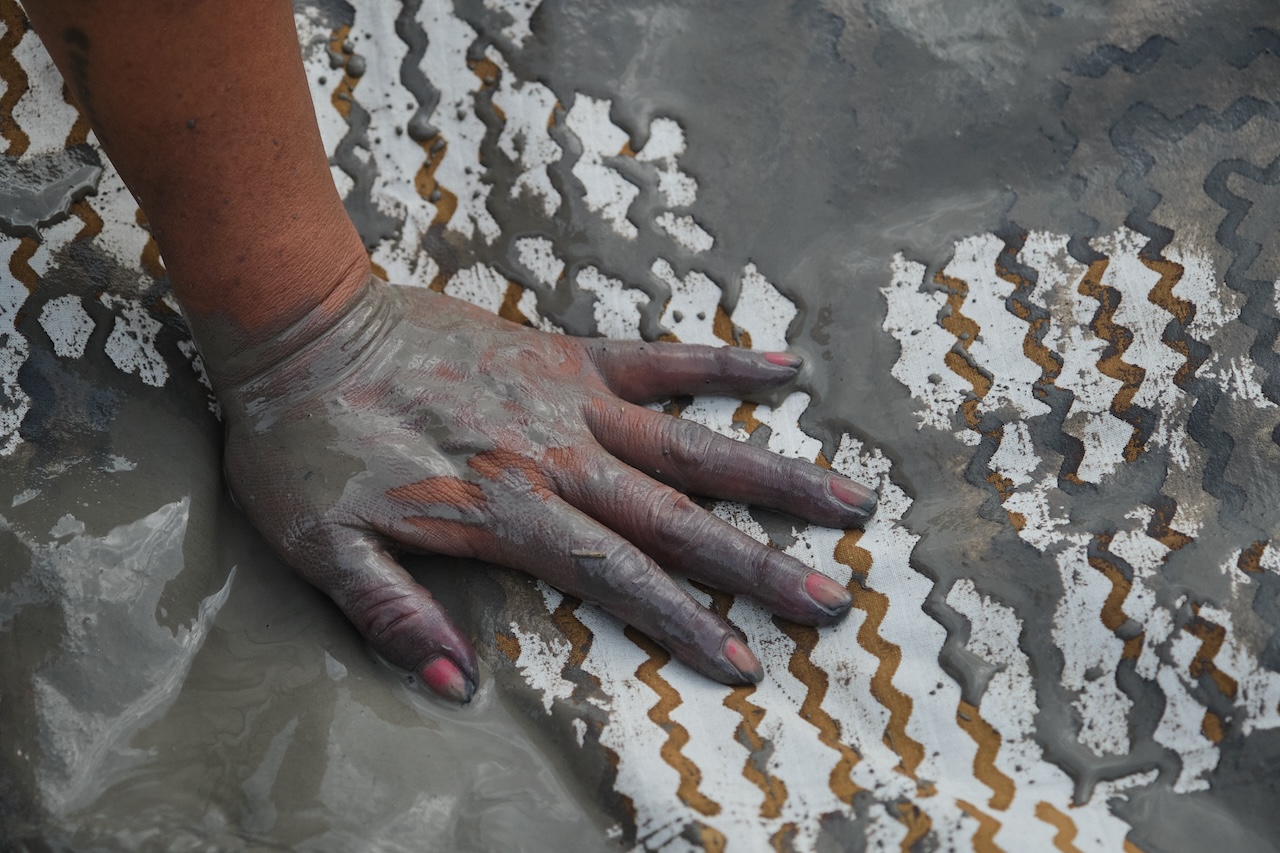

For a long while, the tradition of Iskonawa design was at risk of dying out, but thanks to the efforts of the elders, this legacy continues to be passed on to the young women of the community. This not only strengthens their identity but also preserves the collective memory of the people. According to anthropologist Carolina Rodriguez, the explanation of the Iskonawa designs is linked to the family memory and kinship of their people.




The Iskonawa designs, characterised by their square and zigzag motifs, known as "kere kere," are used on a variety of objects, ranging from tocuyo fabrics to artifacts and sometimes even on the body itself during festivities or rituals (Rodriguez, 2020).


In an interview with Neyra Perez, she mentions that designs were previously made only on the body:
"My ancestors lived by the 'El Cono' hill. My grandparents did not paint on the cloth; they would paint on their bodies when they went hunting, when they went to the bush. But we, who are of the third generation, now portray these designs onto cloth. The designs are representations of animals, and the zigzag represents the 'El Cono' hill where my ancestors come from."










Natural dyes are extracted from the bark of trees such as yacushapana, and they also use clay or black mud to draw thin lines that are part of the iconography of the Iskonawa people. Other natural dyes include huito or "chehe cimi," which provides the black colour, and which were also used in body designs. Additionally, the black color extracted from huito can keep longer through the process of boiling the pulp. Achiote is also used to obtain the color red, and sanipanga for the colour purple.

Neyra Perez tells us about the process that the Iskonawa use to obtain the natural dyes:
"The colors that come from the bark of the yacushapana tree range from brown to earth tones (...) To begin the dye process, we must harvest a large amount of bark and leave it to dry for two days. Once dry, we scrape the bark with a knife and boil it in a large pot. We then pour the extract from the bark into a large tray. We then put the crude fabric into this dyebath, and then dry the fabric in the sun. Once dry, we place it back into the dyebath again, and after two or three days, the fabric is fully dyed. We then dry it thoroughly in the sun for another day, and that is when we design on top of it with the clay. It takes us one, two, or three days to complete the design."
There also exists another process for obtaining the natural dye to create the Iskonawa designs:
"We boil the yacushapana bark in a small pot, and with that liquid we paint directly onto the crude fabric (...) with the yacushapana it comes out black, then from another bark we extract a brown color which, along with the mud, we would paint the fabric."


There is little information on the traditional dress worn by the Iskonawas; however, through recent research, a type of skirt was recorded to have been worn by both men and women called "Hanpeinti," and they were made from llanchama bark. These skirts were used on special occasions such as celebrations.











